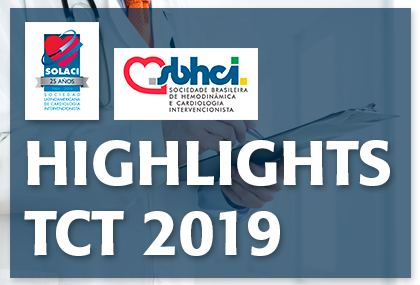Courtesy of SBHCI.
This work, which was presented during the TCT 2019 Scientific Sessions and simultaneously published in the Lancet, randomized patients to the ACURATE Neo prosthesis (n = 373) vs. the SAPIEN 3 (n = 367) in a head-to-head comparison involving 20 European sites. Transfemoral access was used in all patients.

The study had a noninferiority design, and its primary endpoint was a composite of death, stroke, life-threatening bleeding, major cardiovascular complications, coronary occlusion, kidney injury, valve dysfunction requiring repeat procedure, heart failure hospitalization, and moderate to severe prosthetic valve regurgitation.
The criteria for noninferiority of ACURATE Neo vs. SAPIEN 3 was a margin of 7.7%.
The rate of primary events for the ACURATE Neo group was 23.7% vs. 16.5% for the SAPIEN 3 group. With these results, the self-expanding valve did not meet the noninferiority criteria. A secondary analysis even suggested SAPIEN 3 as superior.
There were no differences as regards death or stroke, but the rates for paravalvular leak were 3% for SAPIEN 3 vs. 9% for ACURATE Neo.
Courtesy of SBHCI.
Link to the SBHCI publication HERE
Original Title: SCOPE I: A Randomized Trial of the ACURATE Neo vs. the SAPIEN 3 Bioprosthesis in Patients With Severe Aortic Stenosis.
Author of the Original Title: Jonas Lanz.
Get the latest scientific articles on interventional cardiologySubscribe to our weekly newsletter
We are interested in your opinion. Please, leave your comments, thoughts, questions, etc., below. They will be most welcome.





